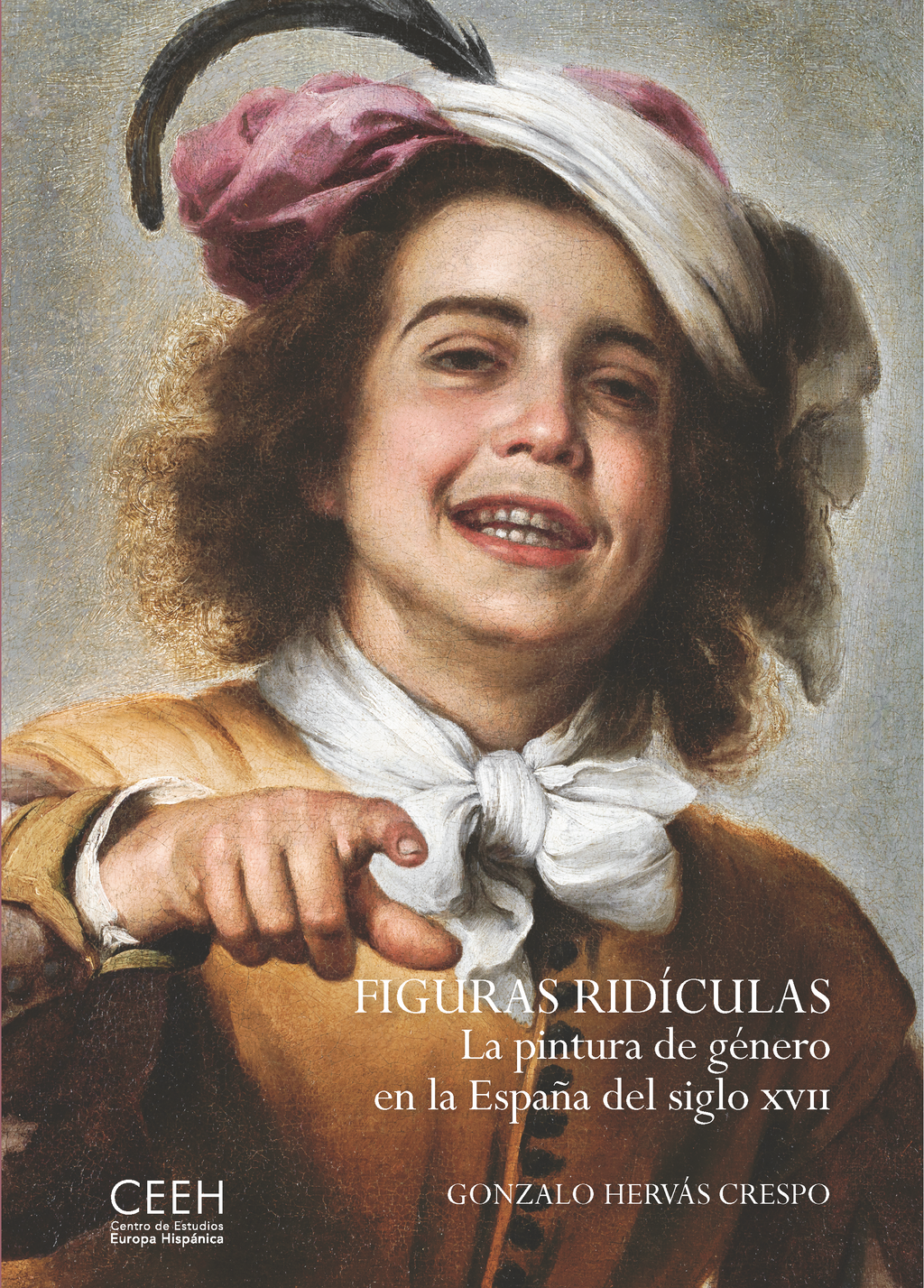Author
Gonzalo Hervás Crespo
Characteristics
408 pages; 140 colour illustrations; flapped paperback; 17 x 24,5 cm
Publication
Spanish; 2024
ISBN
978-84-18760-22-8
Price
€33,66
Buy on our site and save 5% on this book until April 30
(coupon code: DÍA DEL LIBRO)
Genre painting in seventeenth-century Spain is scarce in comparison with the Flemish or Italian schools. But if two of the most important practitioners of this trend in modern Europe were Velázquez and Murillo, whose works ooze originality and artistic reflection, why did this type of painting, so cutting-edge and sophisticated in its narrative conception, not flourish in Spain? The answer lies in the particular political, social and religious context of the country’s Golden Age. However, only a cultural history of laughter from Aristotle to 1700, surveying Latin authors, the popular, the vulgar and the carnivalesque, could explain and give meaning to genre painting.
The elites have always had a conflictive relationship with humour associated with the tawdry and vulgar, marked by successive periods of tolerance and repression, such as that of Tridentine Europe. Cardinal Paleotti, one of the most outstanding figures of the Council of Trent, coined the concept of pittura ridicola, which was soon spread by painters and treatises writers such as Pacheco. It situated these images in a moral rather than an aesthetic sphere and shaped a negative judgement – which in Spain was also linked to the defence of the liberality of art – that has survived to the present day.
This monograph, profusely illustrated with hitherto unpublished or little-known works, analyses a set of aesthetic experiences that enable us to understand genre painting or comical everyday scenes as part of the seventeenth-century concept of laughter and humour. Its relationship with similar artistic expressions such as picaresque novels and plays, which paradoxically did enjoy huge popularity, is discussed here for the first time in a well-documented, surprising and lucid reflection that broadens the horizons of the Spanish Golden Age.
Gonzalo Hervás Crespo holds a doctorate in Art History from the Universidad Complutense in Madrid. He has worked as a documentalist on several full-length films as well as for institutions such as the Museo del Prado. His interests are focused on carnival culture in the early modern age and, in particular, the visual representation of comedy in that period, as well as its relationship with contemporary narrative forms such as comics and films.

